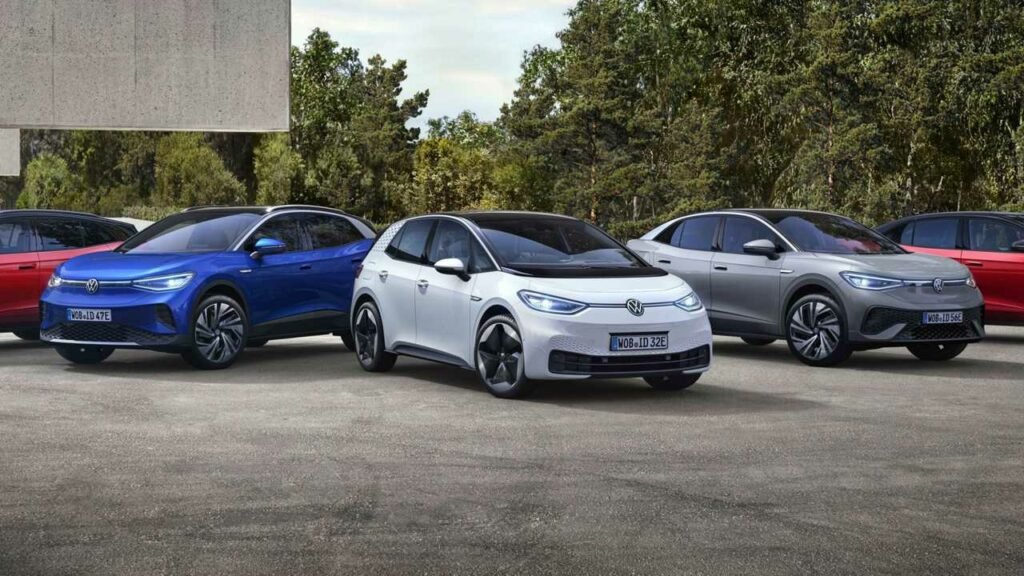In an effort to stave off fierce competition in China, its largest market, Volkswagen on Thursday lowered its full-year sales target and promised to strengthen its cash position in the second half through price increases and cost-cutting measures.
According to Chief Financial Officer Arno Antlitz, the lower sales forecast of 9-9.5 million vehicles, down from 9.5 million earlier, was due to a decline in first-half sales in China. Antlitz added that the business had little time to waste in the face of escalating competition and that the so-called “performance programmes” under development to make the group’s brands more efficient would have to start producing results this year.
While its EV sales now lag behind local EV companies and American rival Tesla, Volkswagen nevertheless aspires to be the top foreign automaker in China on its next Capital Markets Day in April 2024.
In a news conference following the release of the half-year results, Antlitz discussed the global auto market and said that “competition is intensifying and customers are cautious.” “To make us more resilient, we need to see the first results of these programmes in the second half of 2023.”
At 11:15 GMT, shares of the company were down 3.3%. Volkswagen maintained its 2023 financial guidance while decreasing its deliveries target. Contrastingly, some competitors have had recent increases, which, according to Royal Bank of Canada analysts, signal a possible downturn in the second half.
“I think the best-case scenario for deliveries is between 9 and 9.5 million, but communication needs to be more cautious,” the author writes. Investors believe the worst is yet to come, according to Juergen Pieper, an analyst with Bankhaus Metzler.
Volkswagen is currently implementing a new strategy to show investors that it can maintain market share during the switch to electric vehicles. Despite the German group’s vow to prioritise profits over volume, its mass-market division in particular is struggling to increase margins, trailing rivals like Renault and Stellantis. According to Antlitz, higher pricing and revenue from internal combustion engine cars could assist the company’s finances in the second half.

Volkswagen’s cash flow
Although supplies of vital parts, like semiconductors, had improved, Volkswagen claimed that the first half had been hampered by transport and logistics delays. The bottleneck in transport has replaced the one in chips, according to Antlitz, who also noted that measures had been taken to end delays and shorten wait times.”Strengthening net cash flow is now the focus for the second half,” he said.
He maintained the lower end of the company’s full-year cash flow target of 6-8 billion euros (USD 6.7-8.9 billion), saying that cash flow, which fell over 71% in the second quarter to 226 million euros, will increase over time as inventories went down.
In the first half, the primary Volkswagen brands—Volkswagen Passenger Cars, VW Commercial Vehicles, Seat, Skoda, and Cupra—attained an operating margin of 5.5 percent. The operating margin for Audi, Lamborghini, Bentley, and Ducati was 10%.
Volkswagen also disclosed that its Russian business had been sold for 125 million euros.
The business announced in May that it had sold its Volkswagen Group Rus stock to Art-Finance, a company backed by the Avilon group of auto dealers. The transaction includes VW’s Kaluga plant, which can produce 225,000 vehicles annually.